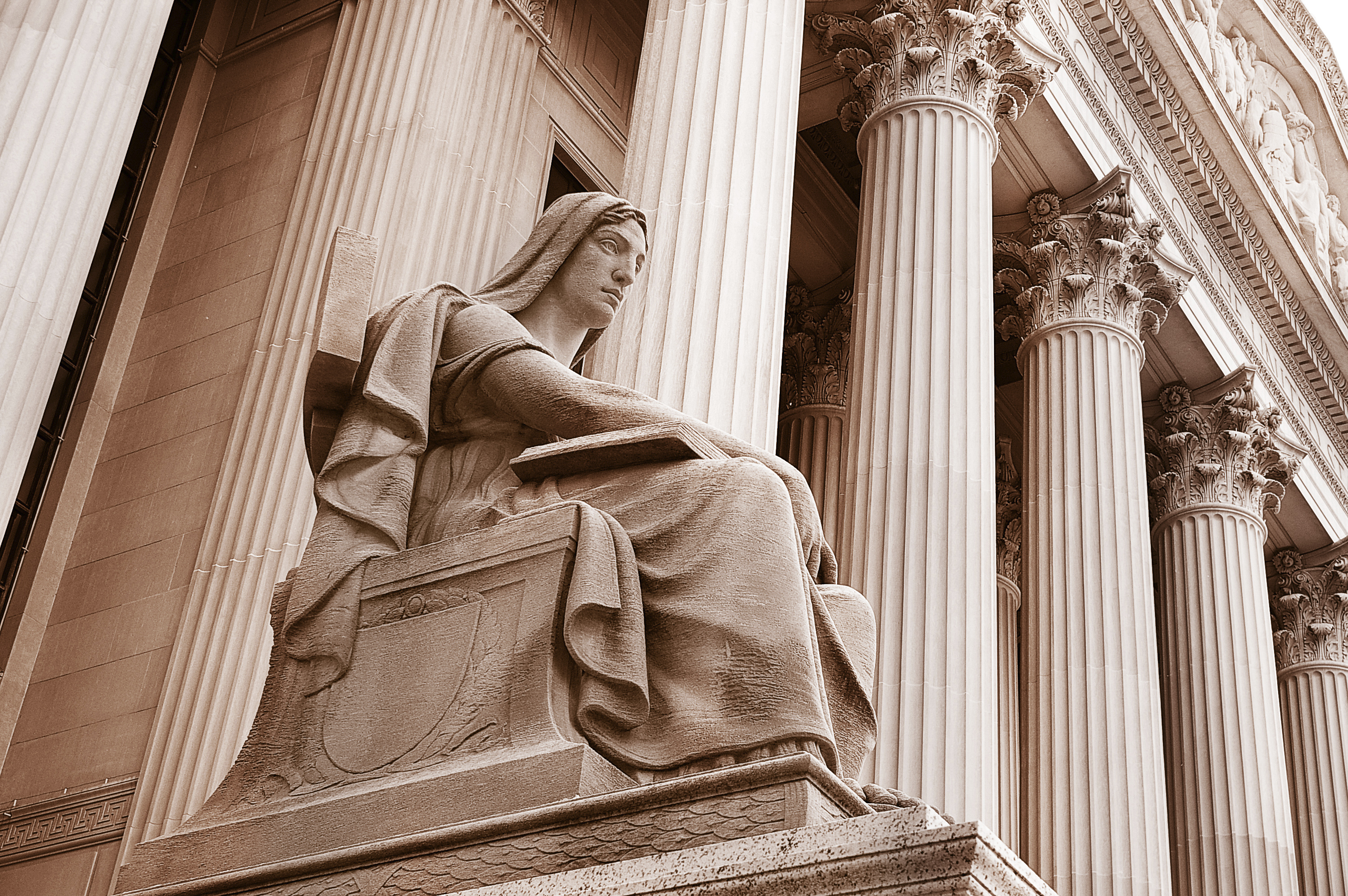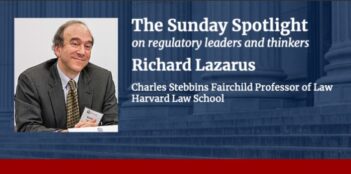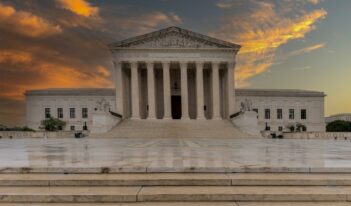
At oral arguments, Justices question whether EPA considered costs of regulation at the right time.
The Supreme Court recently heard oral arguments in Michigan v. EPA, a case challenging the U.S. Environmental Protection Agency’s (EPA) standards on mercury and other hazardous air pollutants from power plants. The Court chose to hear the case to consider whether the EPA unreasonably refused to consider costs in determining whether to regulate power plants.
During the hearing, much of the debate centered on the question of whether the EPA must consider costs at the initial phase, when it decides whether to regulate sources at all, or whether it is permitted to defer consideration of costs until it sets the emission standards for those sources. The Justices appeared divided on the issue.
Several of the Justices seemed persuaded that the EPA appropriately considered costs under a provision of the Clean Air Act which establishes minimum standards by looking to the best performing 12% of sources in each category, a mechanism that ensures that compliance technologies are financially feasible. Justice Stephen Breyer sparked a lively debate by asking whether the EPA had the ability to create separate classes or subcategories of sources to which different minimum standards would apply.
Justice Elena Kagan recognized that the capability to subcategorize makes cost consideration at the listing phase impractical. With language similar to that used in an amicus brief from the Institute for Policy Integrity, she noted that the “EPA, in some ways, can’t even figure out the costs until it makes those categorization decisions.” Furthermore, she continued, “the aggregate costs, not just within each category, but the aggregate costs obviously depend on how EPA categorizes and subcategorizes.”
Paul Smith, representing several energy companies who support the EPA’s rule, emphasized that the EPA can, and did, subcategorize sources in accordance with the Clean Air Act. The EPA’s rulemaking process enables industry groups, during notice and comment, to provide the EPA with any relevant information, including their unique costs, which might necessitate the creation of separate subcategories.
While Aaron Lindstrom, representing state opponents of the rule, conceded that some categorization did occur, he argued that the EPA did not consider costs in those decisions. When pressed by Justice Breyer as to how those decisions could have been made without regard to cost, Mr. Lindstrom responded that it was unclear what the agency relied upon.
Chief Justice John Roberts and Justices Antonin Scalia and Samuel Alito, appeared to agree with Mr. Lindstrom, and remained skeptical that the EPA had considered costs at all. Chief Justice Roberts repeatedly asked for specific citations to the administrative record where the EPA made explicit that it chose to forgo consideration of costs at the listing phase, but had considered them in categorizing sources and establishing emissions standards for those categories. Mr. Smith was unable to cite to any such explicit statements, but pointed out that the consideration of costs is intrinsic to the subcategorization process, noting it “was so implicit in the whole system . . . that’s been in operation for other sources since 1990.”
Beyond the pure statutory analysis that is the case’s primary focus, both state and industry opponents of the rule also argued that the rule imposes nearly $9.6 billion in costs while creating negligible benefits. On the other hand, the EPA claimed that the rule would produce between $37 and $90 billion in quantifiable benefits, along with many other health benefits that were too difficult to quantify.
Chief Justice Roberts questioned the relevance of these benefits, as a large portion of the quantified benefits would result from reductions in co-pollutants, such as particulate matter. These co-pollutants are not the regulation’s target, but rather are ancillary, additional reductions that occur as a result of the technologies used to control the emission of hazardous air pollutants. Thus, the Chief Justice questioned whether the EPA was ultimately seeking “sort of an end run around the restrictions that would otherwise . . . give you less control over the regulation [of those co-pollutants].”
Meanwhile, Justice Ruth Bader Ginsburg asked why the Court should even question the agency’s cost-benefit analysis at this stage, when the Office of Information and Regulatory Affairs has already positively reviewed the rule and its regulatory impact analysis.
The Court did not dwell on the issues surrounding the EPA’s calculation of costs and benefits, perhaps because, as the Chief Justice noted, the EPA did not base its decision to regulate electric utilities on the cost-benefit analysis. However, as Smith explained, when implementation of pollution controls provides benefits beyond those initially targeted, the analysis should “tell you all the lives we’re saving, not just some of those lives.”
This essay is part of a three-part series, High Court Hears Debate Over Costs and Benefits of Regulating Air Pollution.



